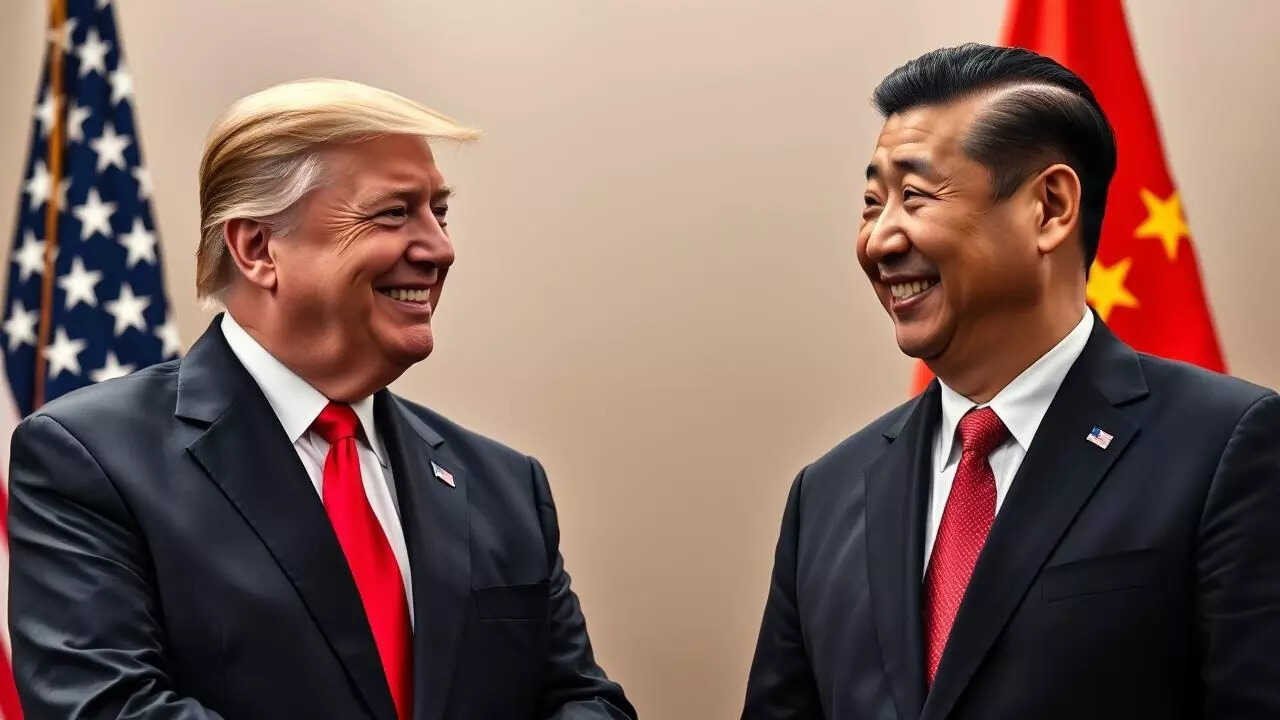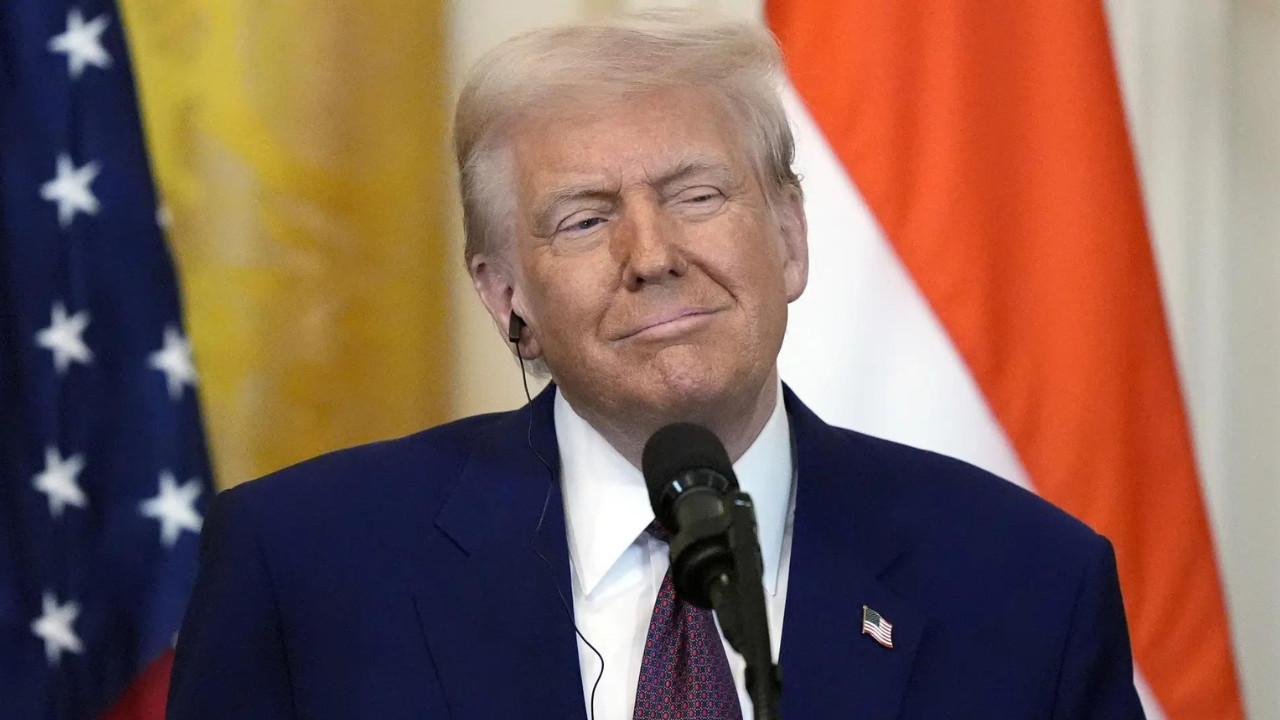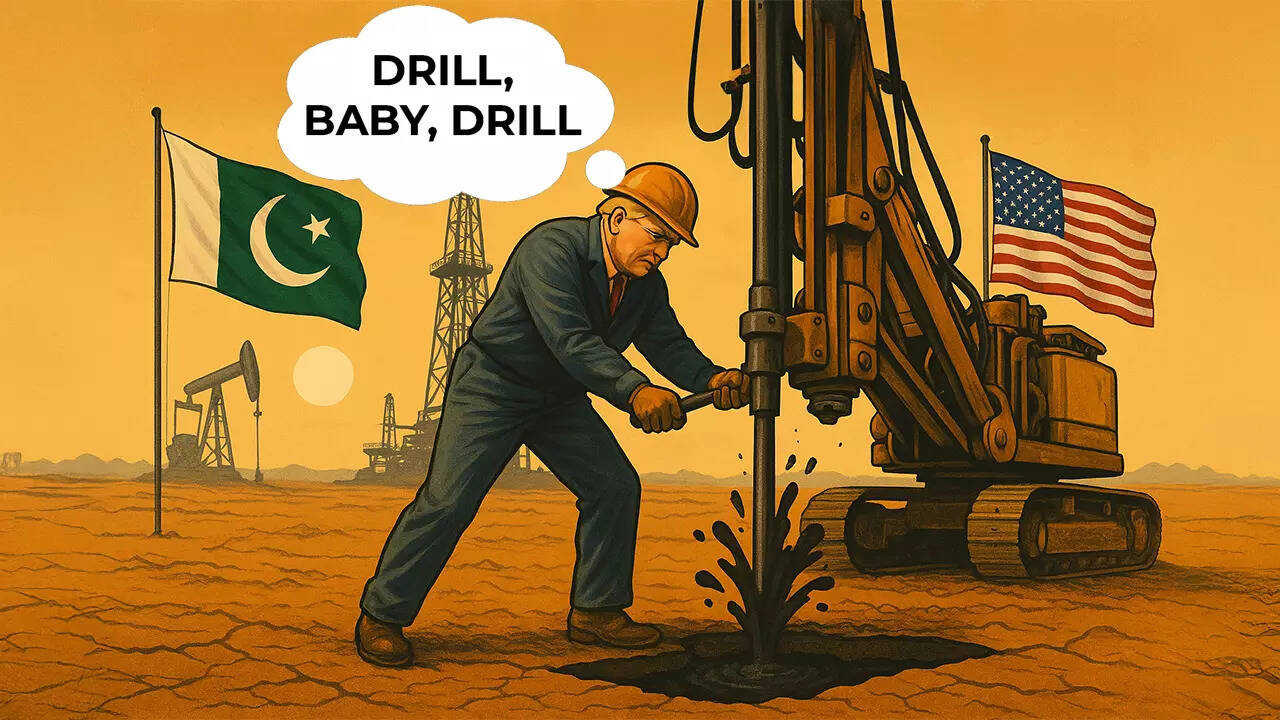The US and China are likely to extend their tariff truce for another 90 days as trade negotiations continue, with discussions planned in Stockholm on Monday. During this period, both countries will refrain from new tariffs.
Beyond the Bluster: Could a Tariff Truce Ease US-China Tensions?
The air crackles with uncertainty. For years, the US-China trade relationship has resembled a high-stakes poker game, with tariffs as the chips and global economic stability hanging in the balance. Just when you thought the hand was about to be revealed, a new development hints at a possible pause in the action. Whispers from within the economic circles suggest that the Biden administration might be considering extending the tariff pause on Chinese goods for another three months. But what does this potential reprieve really mean, and can it pave the way for a more constructive dialogue?
The initial tariffs, a signature move of the Trump era, were intended to pressure China into addressing what the US considered unfair trade practices. The list included intellectual property theft, forced technology transfer, and a significant trade imbalance. Beijing retaliated in kind, and the tit-for-tat escalation sent ripples of unease throughout global markets. Companies grappled with increased costs, supply chains were disrupted, and consumers felt the pinch of higher prices.
While the tariffs remain largely in place, the Biden administration has been navigating a complex path. On one hand, there’s pressure to maintain a firm stance against China and protect American industries. On the other, the economic realities of inflation and the need for global cooperation demand a more nuanced approach.
This is where the possibility of extending the tariff pause comes into play. Think of it as a brief timeout in a heated match, a chance for both sides to catch their breath and reassess their strategies. It’s not necessarily a sign of capitulation, but rather a pragmatic acknowledgment that the current situation isn’t benefiting anyone.

Why a Pause? Peeling Back the Layers
There are several factors that could be driving this potential decision. First, the US economy is still grappling with inflation, and tariffs add to the cost of imported goods, potentially exacerbating the problem. Removing or even temporarily suspending these tariffs could provide some relief to consumers and businesses alike.
Second, the US and China are facing a range of global challenges, from climate change to geopolitical instability. Addressing these issues effectively requires cooperation, and a more stable trade relationship could create a more conducive environment for dialogue.
Finally, both countries might be using this pause as an opportunity to reassess their long-term strategies. Tariffs are a blunt instrument, and there’s a growing recognition that a more targeted and strategic approach might be more effective in achieving desired outcomes.
The Road Ahead: Navigating Uncertainty
Even if the tariff pause is extended, it’s important to remember that this is just one step in a long and complex process. Significant differences remain between the US and China on a range of issues, and a lasting resolution will require sustained dialogue and a willingness to compromise on both sides.
Others argue that any opportunity for dialogue and de-escalation should be seized. They believe that a more stable trade relationship could benefit both countries and contribute to global economic stability.
Investing in American Innovation for Long-Term Economic Strength
Ultimately, the success of any trade strategy hinges on strengthening America’s own economic competitiveness. This means investing in education, infrastructure, and research and development to ensure that American businesses can compete and thrive in the global marketplace. It’s about fostering innovation and creating a dynamic economy that can adapt to the changing needs of the 21st century. The long-term economic health of the US depends on more than just US-China trade.
The next few months will be crucial in determining the future of the US-China trade relationship. Whether the tariff pause is extended or not, it’s clear that both sides are at a critical juncture. The choices they make in the coming months will have far-reaching consequences for the global economy. Check out this other article discussing [global supply chain resilience](/global-supply-chain).
Ultimately, the path forward requires a balanced approach that combines firmness with pragmatism. It means standing up for American interests while also recognizing the importance of global cooperation. It’s a delicate balancing act, but one that is essential for ensuring a prosperous and stable future for both the US and the world.







